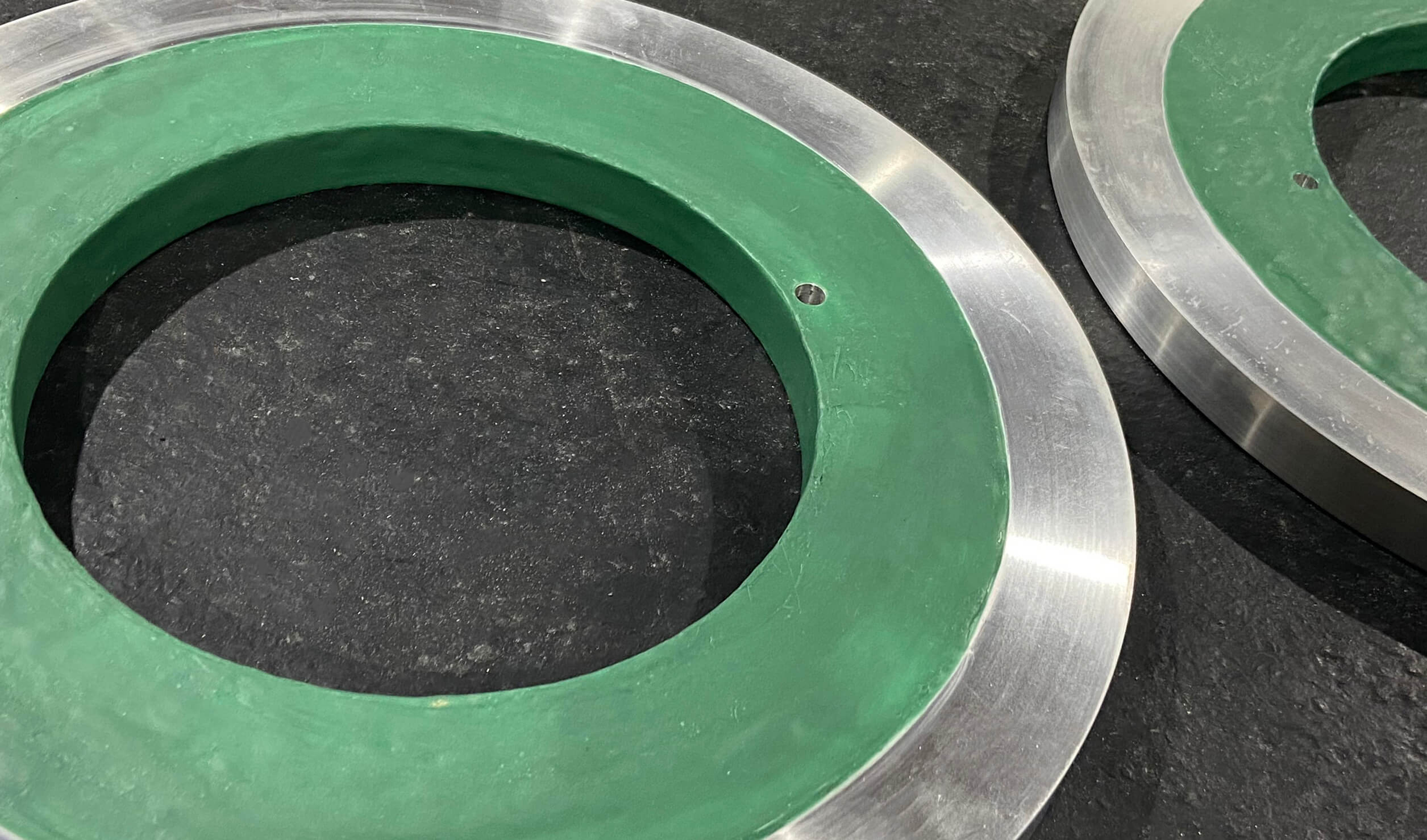Coatings Technology Blog
Why Masking Deserves Time and Attention

When you need to enhance the surface of your part, chances are you don’t want to coat the entire part. Although masking is an essential aspect of the surface protection process, it is often an afterthought. Without proper attention, customers can underestimate the amount of time masking adds to the coating process. A poorly masked or unmasked part can lead to trouble down the road. To be sure, not all coating jobs require masking. But to avoid unpleasant surprises, make masking a key concern as you work with your coating provider.
Why Masking Is Important
There are many reasons why you may want to mask a surface. The part may have tapped holes and fasteners, or precisely machined surfaces with complex geometries or tight tolerances that may not allow for a layer of coating. Another example: applying a non-conductive coating like Tufram® to a part that needs a defined area of its surface to retain its conductive properties. Failure to properly mask a part may lead to the coating leaking into an undesirable area of your part which can compromise its reliability. Or, your part may need to be stripped and recoated which can affect lead times. Using tapped holes as an example, incursion of a coating into a machined hole can cause tooling to seize up during assembly.
Here are the things customers should know to help make the masking process as trouble-free as possible:
- Masking improves the part. Proper masking ensures a part retains its form and function while providing the added benefit of clean lines and a nicely finished part.
- It’s time consuming. A masking operation may involve more than one technique such as taping, plugging, adding lacquers and others. Add to that pre-treatment, addressing complex part geometries, and what could be a lengthy curing period to prevent leakages, the masking process from start to finish can be surprisingly long.
- Detailed documentation is key. While it’s easy to believe your intentions are clear, thorough documentation can be more beneficial than you may think. Be sure to give your coating specialist highlighted drawings indicating the regions that require masking. This information will be instructive to your coating provider, and it will prevent surprises relevant to costs and lead times.
Whether you choose to increase your part’s hardness with Tufram, protect against wear, friction and corrosion with Nedox®, restore your part using Plasmadize® or choose one of our many other engineered coatings, General Magnaplate can work with you to create a masking strategy. We have years of experience plus expertise on using tapes, plugs, lacquers and many more masking methods to suit your part’s production conditions and application requirements.
Develop a Masking Strategy With General Magnaplate
When it comes to surface enhancement, masking is not always top of mind for engineers. Although some jobs may not require masking, there is a strong likelihood it will have to be addressed during the coating process. General Magnaplate technical experts are available to go over your requirements to find the best masking method to ensure your part looks and performs as intended for a long time to come.
For more information about General Magnaplate’s masking capabilities, contact our technical experts.